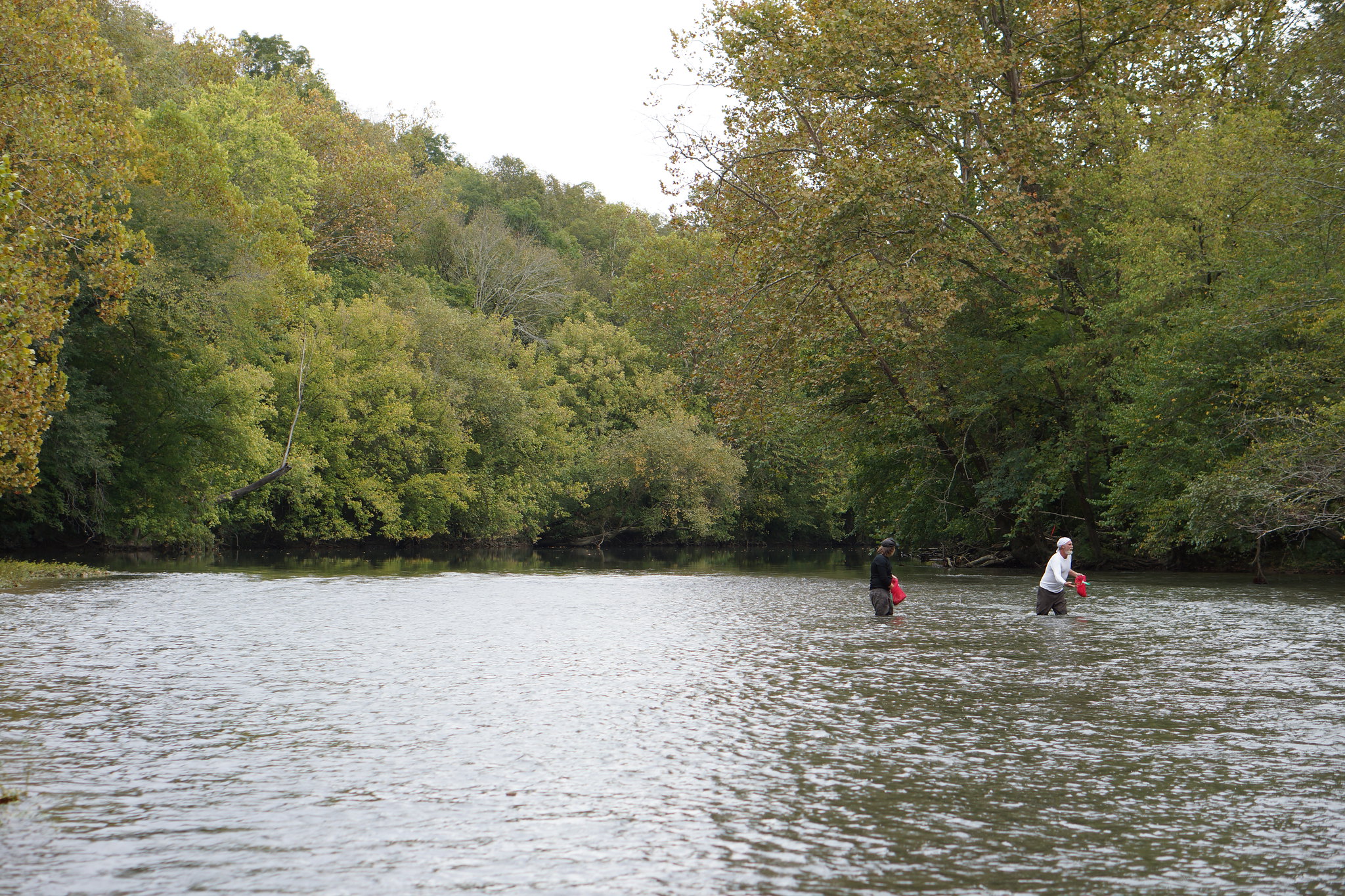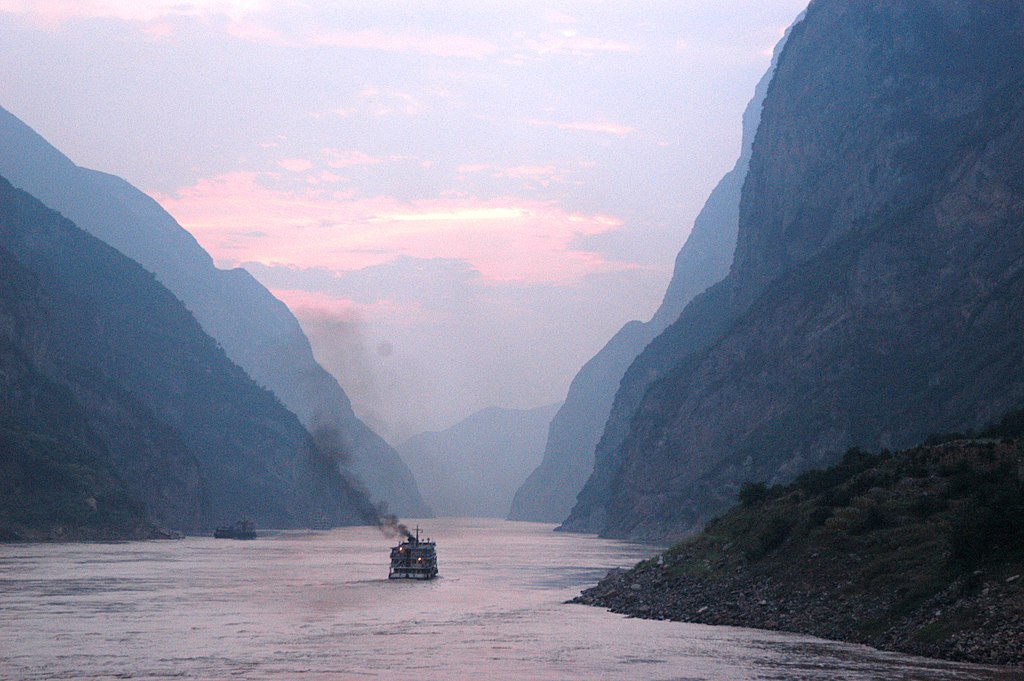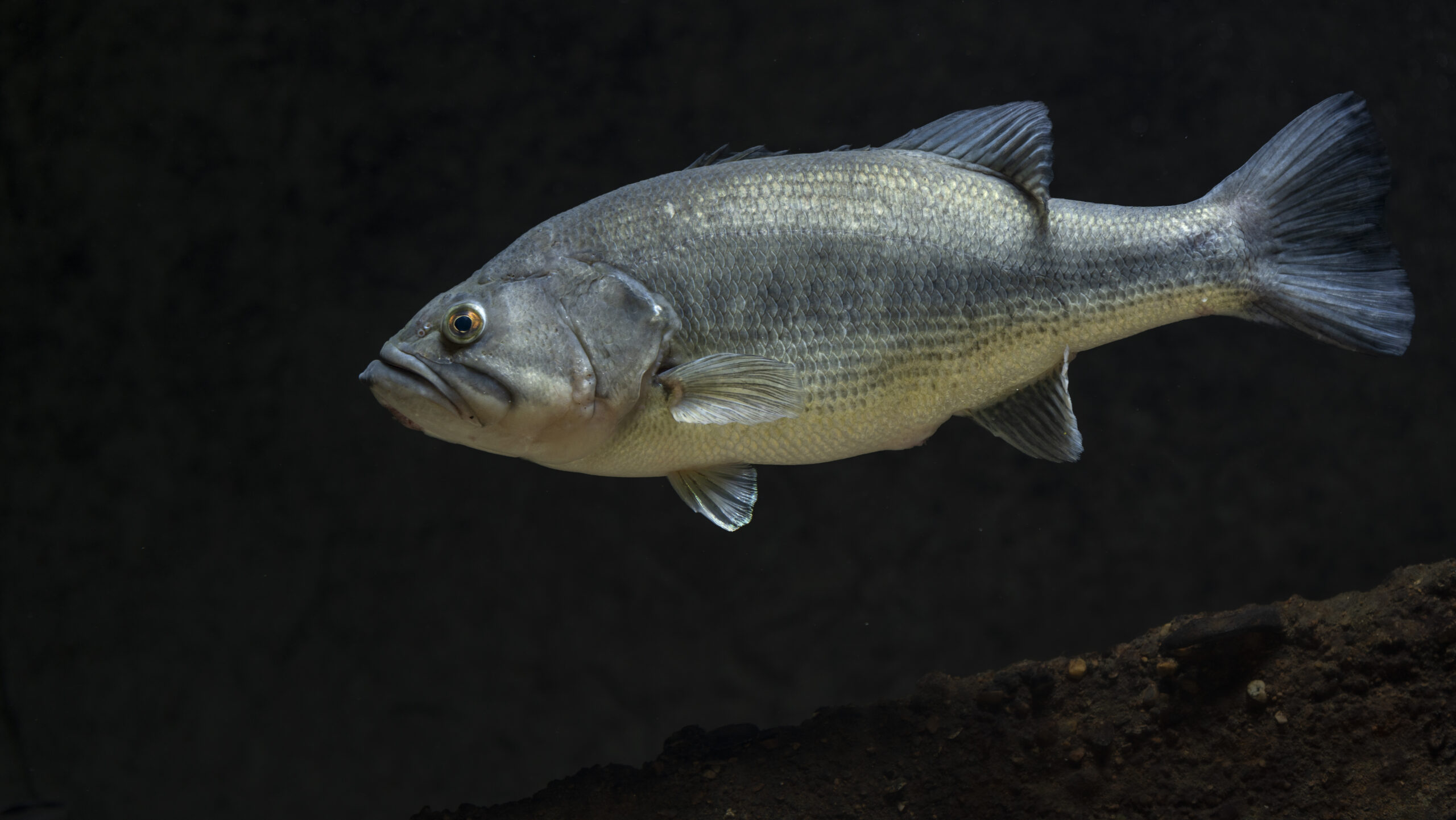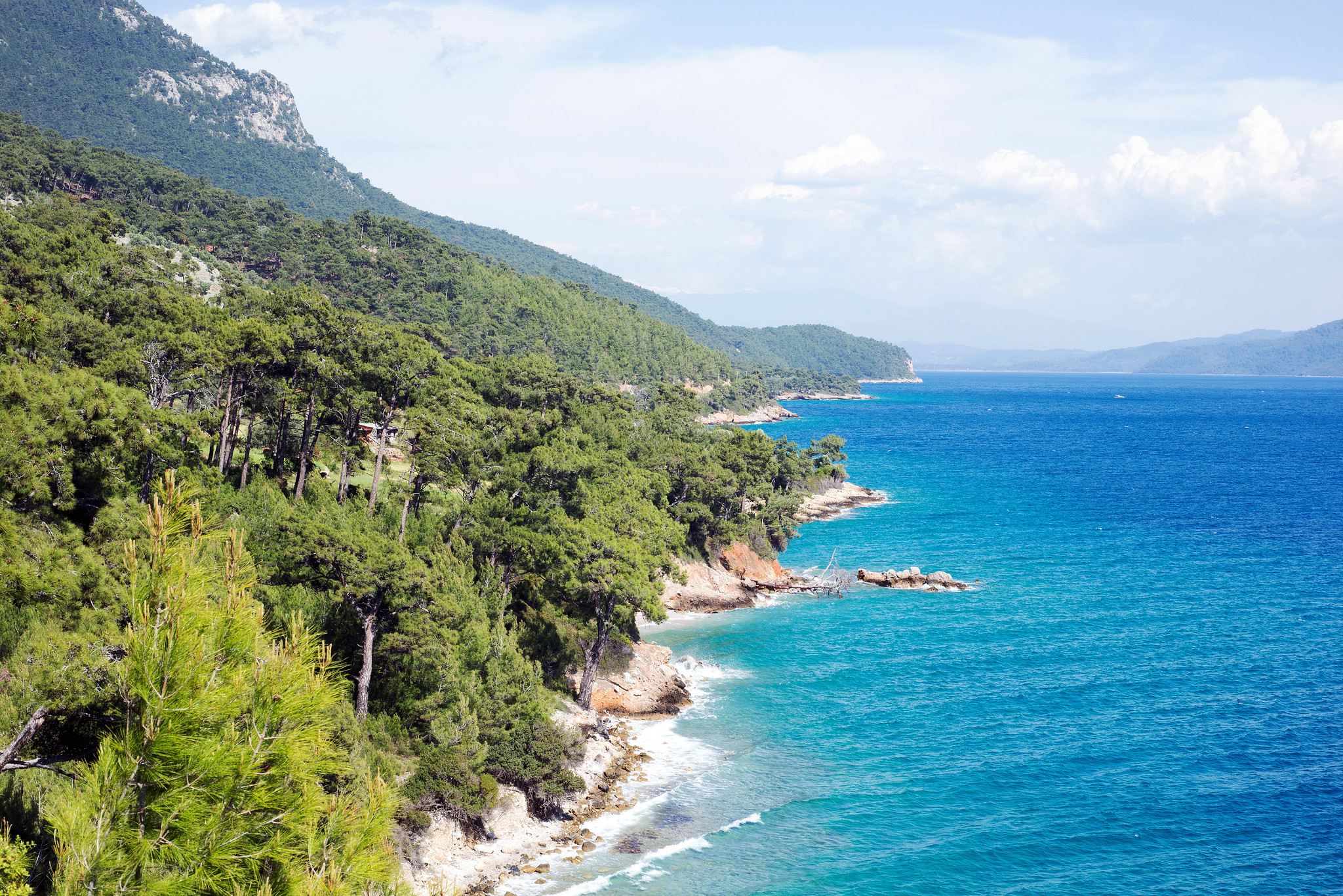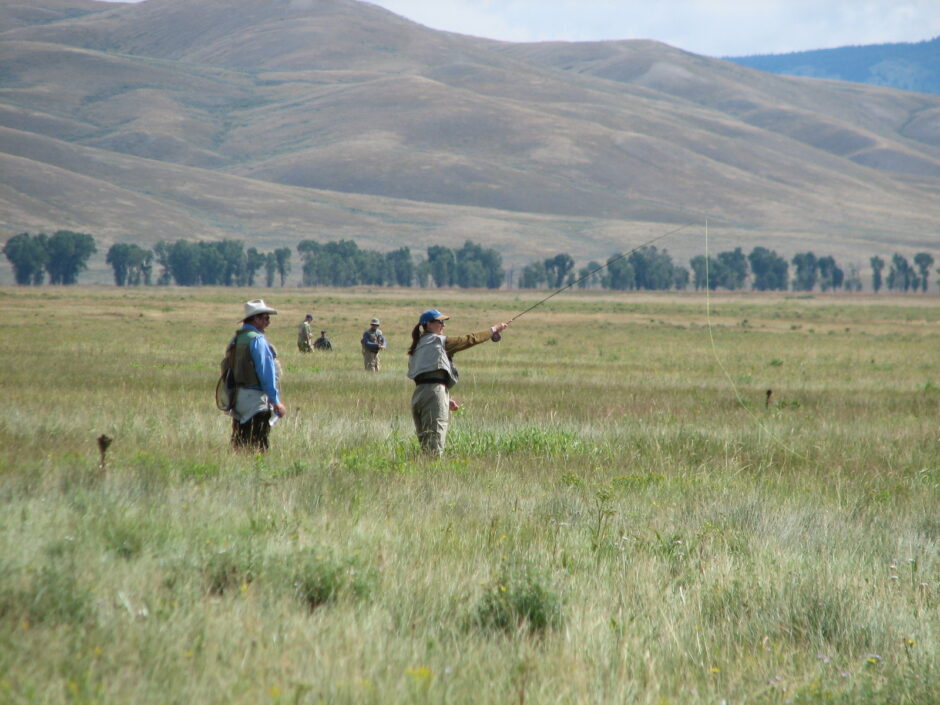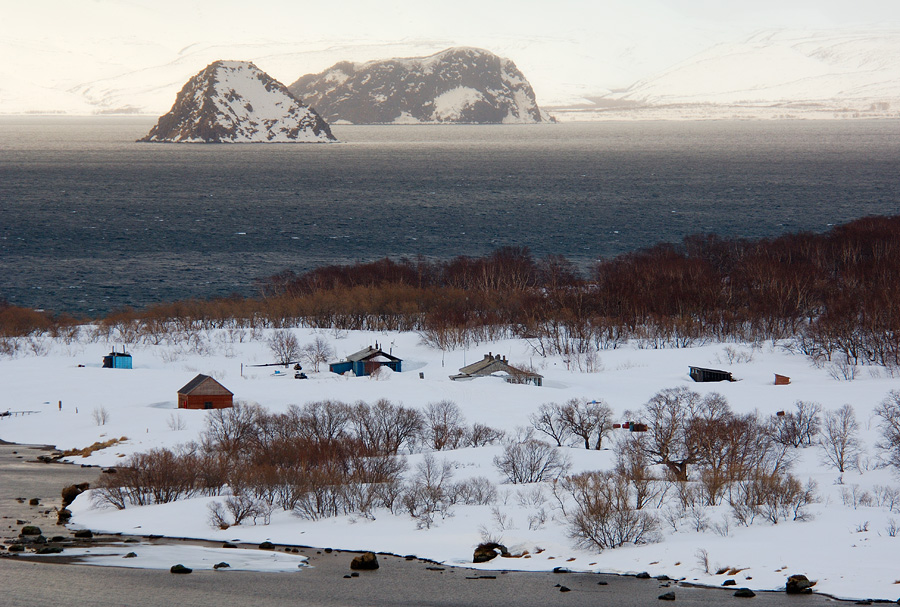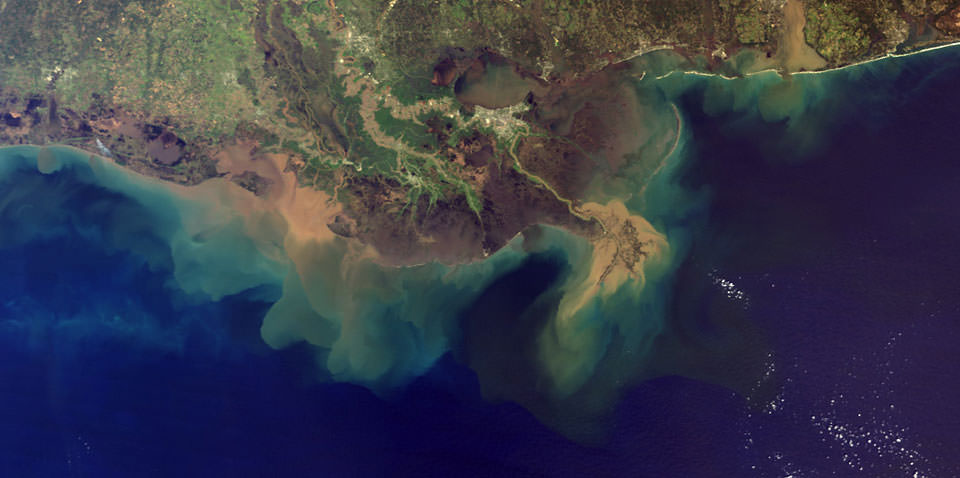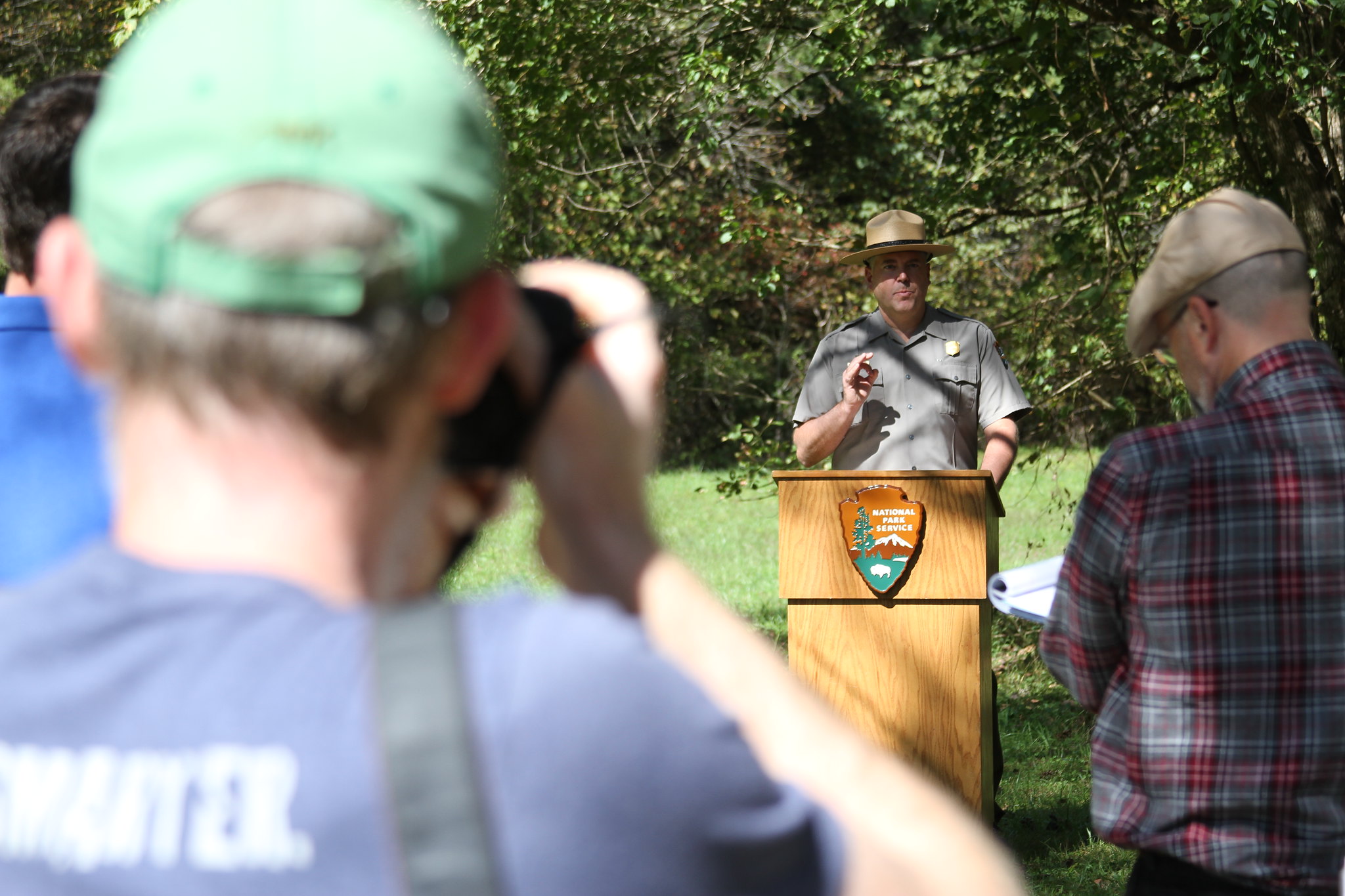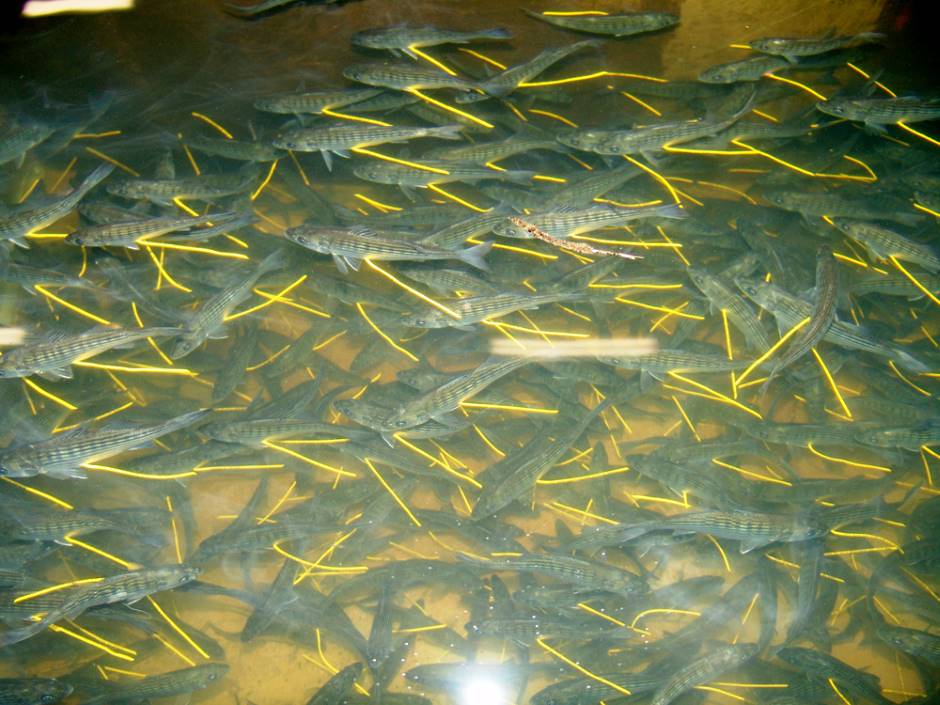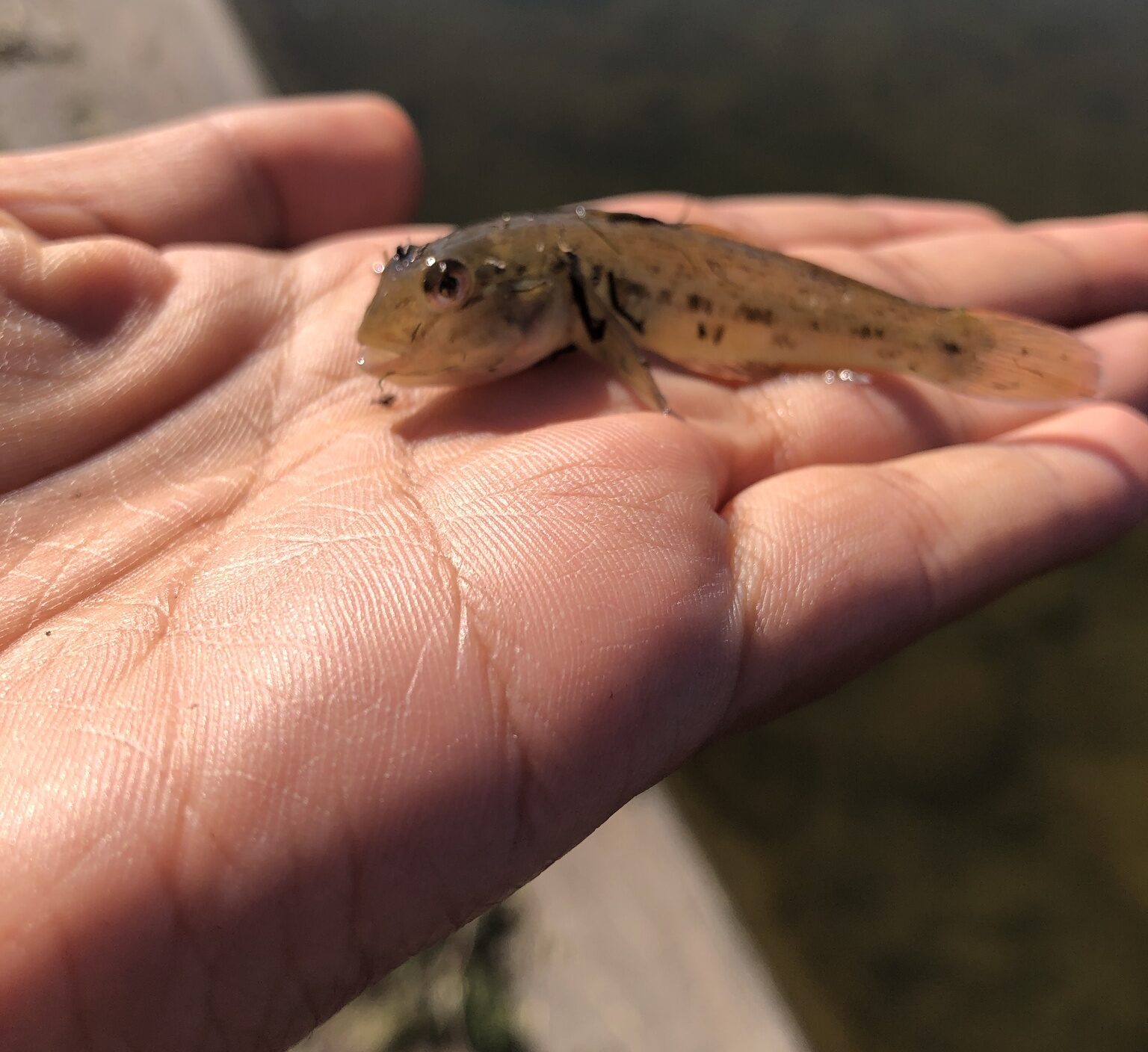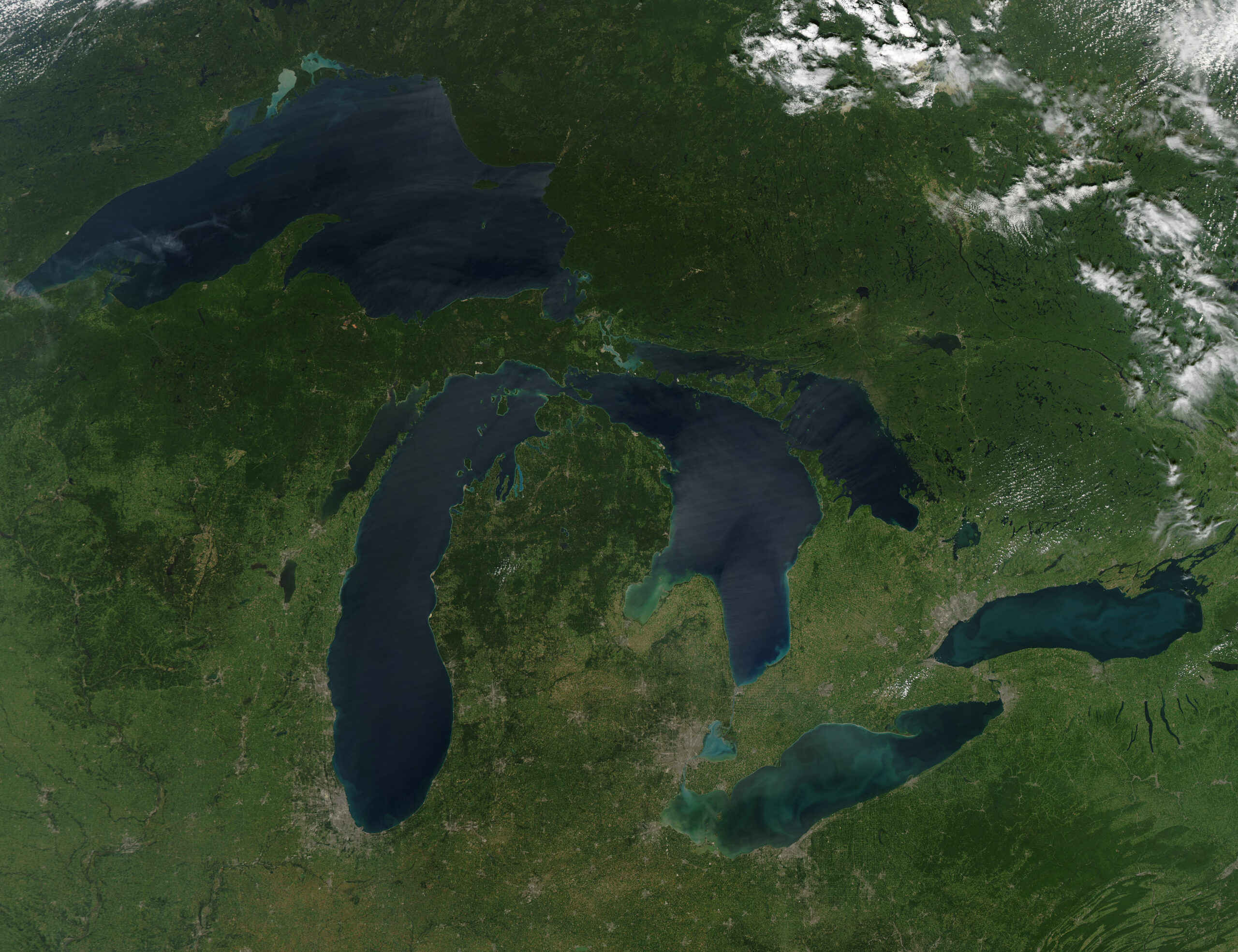Posts for tag "fisheries"
Local and Regional Drivers of Fish Growth Rates
How and why fish grow are heavily dependent on environmental conditions like climatic processes and water quality. Understanding how exactly these stressors impact fisheries as a whole is essential to informed, sustainable management. Environmental variations like wind...
- Posted April 21, 2025
Impacts of Thermal Stress on Aquatic Species
Under a rapidly changing climate, aquatic ecosystems are exposed to varying temperature extremes—both cold and hot—leading to thermal stress on aquatic species. As defined by Scient Direct, thermal stress refers to the impact on normal physiological functioning...
- Posted March 31, 2025
Managing Fisheries Within and After Fishing Bans: The 10-Year Fishing Ban in the Yangtze River
Fishing bans are a common regulatory tool used by fishery managers and local officials to restrict the exploitation of a water body and use the time to improve the ecosystem. During a fishing ban, this ecosystem improvement...
- Posted March 10, 2025
Minimizing the Impacts of Predatory Fish Stocking with Habitat Enhancement
While the term “fish stocking” may conjure up images of conservation measures deployed by fishery managers to stock endangered native fish, it can also refer to stocking predatory fish, including non-native species, for the sake of anglers. Even...
- Posted March 3, 2025
Using Satellites to Monitor Fisheries and Improve Sustainability
While there are many methods used to monitor the world’s oceans and lakes, remote sensing technologies like satellites have become more popular for large-scale viewing of water quality, seabed topography, coral reef health, sea surface characteristics and...
- Posted February 24, 2025
Anglers and Marine Protected Areas: Bridging Public Perceptions and Fisheries Management
The success of various fishery management approaches heavily depends on the participation, investment, and perceptions of stakeholders like anglers, conservation groups, scientists, managers, and the general public. Commercial and recreational anglers, in particular, can make or break...
- Posted February 17, 2025
Benefits and Barriers to Effective Knowledge Exchange Between Commercial Anglers and Fisheries Researchers
Local Ecological Knowledge, or LEK, has become a popular topic in fisheries research and management in recent years as the need for local knowledge and investment from commercial anglers and community members is necessary to implement management...
- Posted February 3, 2025
Two-Eyed Seeing Approach in Fisheries Management and Research
The Two-Eyed Seeing approach is a joint strategy that requires the equal collaboration of state and government agencies and Indigenous peoples. While these two groups have historically operated separately, the Two-Eyed Seeing approach calls for management and...
- Posted January 27, 2025
The Importance of Characterization in Fishery Management
Each species has its niche in its native ecosystem; from the smallest microorganism to larger predator species, each plays an important role in the ecological chain. This uniqueness from species to species makes characterization an essential component...
- Posted January 20, 2025
Evaluating the Efficacy of Marine Protected Areas
Managers of multi-use fisheries face the complex challenge of managing angler and biodiversity needs in addition to ensuring the water resource is protected. One strategy that resource management departments have implemented in saltwater fisheries is the establishment...
- Posted January 13, 2025
Transdisciplinary Fisheries Research: Improving and Diversifying Management Techniques
Fishery managers across the world are all too familiar with the challenge of balancing the various demands of a multi-use fishery resource. As a result, a 2022 study published in Reviews in Fish Biology and Fisheries proposes...
- Posted January 6, 2025
The Good, The Bad, and The Ugly: Understanding Fisheries and Eutrophication
While eutrophication is often portrayed as a negative in limnological circles, fisheries managers may have a different view of high productivity. Though high levels are linked to poor water quality, productive water bodies tend to increase fish...
- Posted December 23, 2024
Using eDNA to Evaluate and Inform and Evaluate Fish Stocking Efforts
eDNA sampling and analysis have been used to evaluate native fish populations for many years, and a 2023 article published in Scientific Reports highlights its utility in evaluating restocking and measuring stock improvements. A key component of...
- Posted December 9, 2024
Climate Change Impacts on Fishery Resources in the Southwest Atlantic Ocean
Climate change’s impacts on fishery resources have been observed across the world in fresh and salt waters. Fish distribution, population sizes, native biodiversity, and other variables have shifted under climate change and shaped the availability of resources....
- Posted November 18, 2024
The Importance of Data-Informed Fishery Management
Fisheries across the world contribute billions to the global and local economy, representing a vital source of food, recreation, income and employment, and water resource. However, various stressors like unsustainable fishing practices, climate change, pollution, and other...
- Posted November 11, 2024
Improving Iowa Lake Conditions with Restoration Program
Amid the sprawling farm fields that rank Iowa as among the most human-modified landscapes in the world, the state's lake restoration program is among the best in the nation at improving water quality creating more opportunities for...
- Posted July 8, 2024
Considerations for Fish Stocking
Many fisheries engage in fish stocking, and the strategies they use can significantly influence the effectiveness of these efforts.
- Posted April 1, 2024
Smallmouth Bass Thriving After Round Goby Invasion in the Great Lakes
A review of 20 years of data shows that smallmouth bass caught in Lake Erie and Lake Ontario have gotten heavier since round goby invaded.
- Posted December 11, 2023
Using Models to Prepare the Great Lakes Fishery for Climate Change
Like other lake regions across the world, the Laurentian Great Lakes are facing changes as a result of climate change. In particular, the Great Lakes Fishery has been hit hard—impacting habitat suitability, fish health, water temperature, seasonal...
- Posted November 27, 2023
Impacts of Habitat Loss in the Georgian Bay Muskie Fishery
The Georgian Bay is infamous for its muskie fishery--however, the bay is not safe from environmental stressors and system decline.
- Posted November 13, 2023


